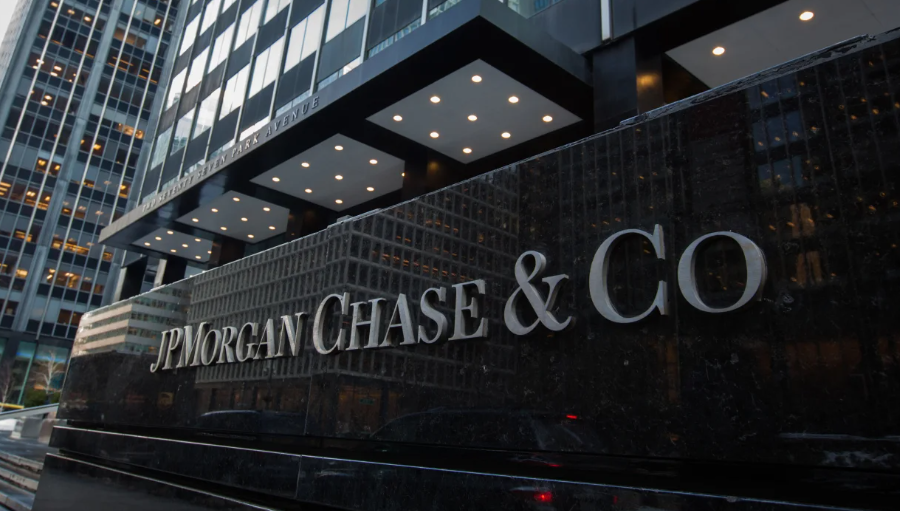US financial regulators new rules aimed at reducing the cost

In an effort to prepare large and regional banks for failure, US financial regulators signed off on new rules on Tuesday.
The rules were approved by the Federal Deposit Insurance Corporation, the Federal Reserve, and the Office of Comptroller of the Currency.
It requires banks with assets of at least $100 billion to issue around $70 billion in long-term debt to help absorb losses if they are at risk of going bankrupt. If depositors do not withdraw their funds quickly, they may believe that their money will be wiped out if their bank does not have enough cash on hand.
According to the agencies, the requirement prevents banks from tapping into the FDIC’s Deposit Insurance Fund (DIF), which backs depositors’ money at failed FDIC-insured banks.
Each account ownership category is covered by the DIF up to $250,000 per depositor. When Silicon Valley Bank and Signature Bank failed earlier this year, the FDIC backed deposits that exceeded that limit.
Additionally, the fund was used to absorb some of the losses of the failed First Republic Bank and facilitate its sale to JPMorgan Chase in May.
A total of $31.5 billion was depleted from the DIF due to the three bank failures, according to FDIC estimates. A total of $116.1 billion was held by the DIF as of April. Several uninsured depositors could have caused a bank run if the proposed rule had been in place before the three bank failures, the agencies said.
According to the proposal released Tuesday, banks will have three years before they are required to comply with the new rule on long-term debt, if it is finalized after the agencies review comments.
Due to existing rules that meet this requirement, the largest US banks considered systemically important would not be impacted.
In essence, the rule shifts the risk of bank failure to bondholders rather than depositors. To get bondholders to bear the cost of banks’ potential failure, banks would likely have to pay high interest rates.
As a result, shareholders would see lower returns as a result of lower profitability for banks.
